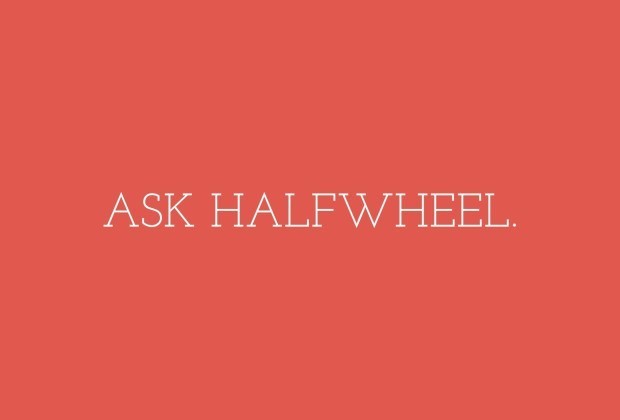It’s Ask halfwheel, our weekly segment where we give super long-winded responses without answering questions. Kidding.
This week’s question comes from reader Bob:
Having read copious publications, ads, facings and articles, it seems apparent to me that when it comes to sizes and the names attached to them, that there are no industry standard name descriptions for the many sizes. At best, there seems to be names more commonly used per size in various regions or markets. Have I missed something? Is there a “standard” or accepted list assigning names to sizes that could be considered an “authority”?
The answer is: it’s pretty much all made up.
In the world of Cuban cigars, things are pretty defined. Because Habanos S.A. has a monopoly on Cuban cigars, what it says goes. In addition, the fact that Cuban cigars are more traditional than the non-Cuban counterparts means things are much simpler. Unlike most non-Cuban companies, Habanos S.A. hasn’t had to decided whether a 7 x 70 is called a gordo extra or a super gran toro.
Habanos S.A. uses two, arguably three, different names for any cigar. There is the cigar name, like Celestiales Finos, the vitola type, in this case a perfecto and a factory name, the specific type of vitola, which would be Británicas in the case of the Ramón Allones Celestiales Finos. A similar story is the Cohiba Siglo Series.
The Siglo VI is a form of a long robusto or toro, but the factory name is cañonazo.
And toro is where we can start to see things go all wrong.
Toro is not a traditional Cuban size. It’s a new world size that most people most likely associate with 6 inches long by 50 in a straight parejo shape. But then again, cigars ranging from 5 1/2 to 6 1/2 inches with ring gauges from 48 to 54 are called toros. There’s no rule as to what a toro is. There’s no rule as to what’s a robusto extra, what’s a double robusto and what’s a toro.
Even when you think you have a rule, like say the lancero, more precisely the 192mm (7 9/16 inches) x 38 size with a factory name of El Laguito No.1—it gets ignored. Most lanceros on the U.S. market are 7 inches rather than 7 9/16 inches, and many are 40 or 42 instead of 38.
And then there’s the Jaime Garcia Reserva Especial Lancero, a 6 x 46 cigar that is in no way a lancero.
While there very much is an authority on what a 192mm x 38 size should be called (lancero) or what a 124mm x 50 vitola is (robusto)—the Cuban size book doesn’t apply to many larger ring gauge cigars because Habanos S.A. hasn’t yet made them. And even if it did make a 7 x 70, if the company chooses to call it Gran Cohiba Extra, it’s unlikely that name would ever translate into any other part of the world.
There’s one defining rule for naming cigars: you made it, you name it.
Doesn’t matter if you were the first to make it, it certainly doesn’t matter if the size already has a fairly established common name; and likely many things in this business—it doesn’t even matter if it makes no sense at all.


